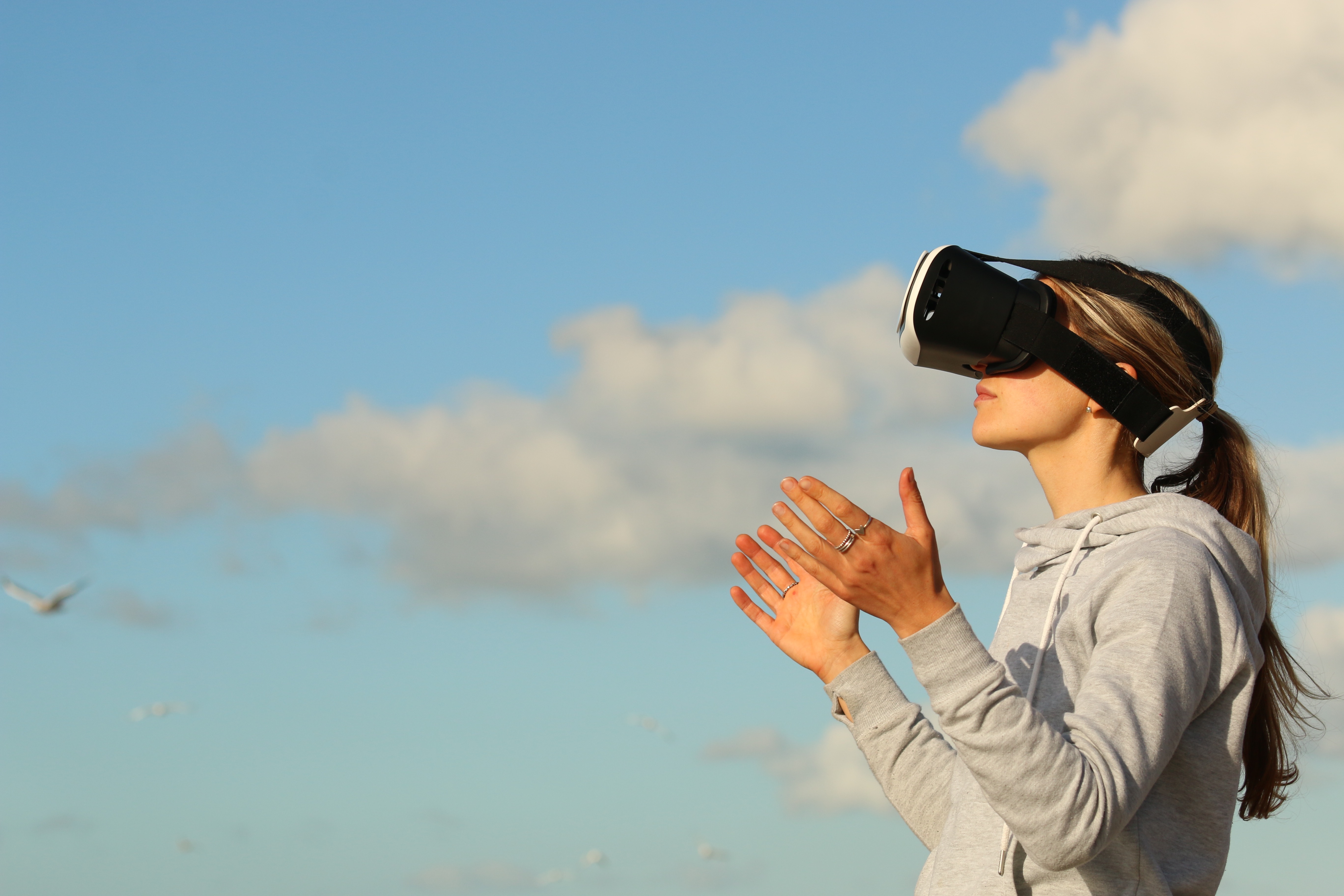Transparency is extremely important to us, so we are letting you know that we may receive a commission on some of links you click on from this page. See our disclaimer.
The PwC Health Research Institute’s annual report has come out and, according to HIT Consultant, “2017 is the year to prepare for the arrival of several technologies poised to disrupt the industry. This myriad of tech-driven innovation will impact just about everything from supply chain and operations to business models and essential healthcare management practices and procedures.”
PwC outlines that organizations that think about — or work in — health care will need to focus in three areas:
- Adapt for value
- Innovate for value
- Build for value
And while many of the pending tech disruptions fall outside of the scope of workplace wellness programs (for example, it's doubtful a well-run wellness plan will get into the business of 3D printing bionic ears!), two of the technologies listed are worth keeping an eye on:
Augmented Reality (AR)
First a definition: “Augmented reality (AR) is a live direct or indirect view of a physical, real-world environment whose elements are augmented (or supplemented) by computer-generated sensory input such as sound, video, graphics or GPS data.”
HIT writes: “AR has the potential to take gamification to the next level via applications that assist in health management, medication adherence or incentivized wellness plans. Its ability to attract and engage patients will make it a potential component for dispelling information. According to an article from Medicalfuturist, pharmaceutical companies are developing applications using AR to explain how drugs work within the human body as well as how chronic, long-term conditions impact the body over time.”
Virtual Reality (VR)
While the examples provided are certainly more geared towards traditional healthcare, it's not hard to imagine how (one day) VR could be integrated into a well-run wellness program, including around stress management opportunities.
Writes HIT: “We are likely to see VR applied as a means to promote behavioral health services, whether it’s by relaxing patients and making them feel at home during their hospital stay or increasing the recovery from a stroke by helping patients “practice” how to lift their arms or move their fingers through the technology.”




0 Comments